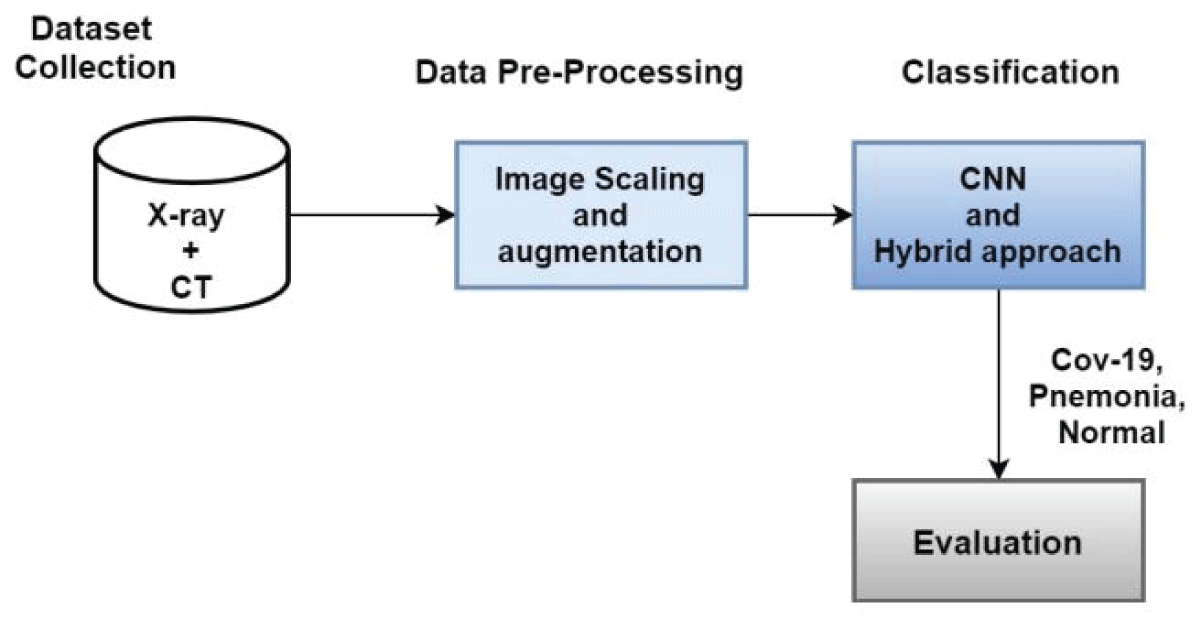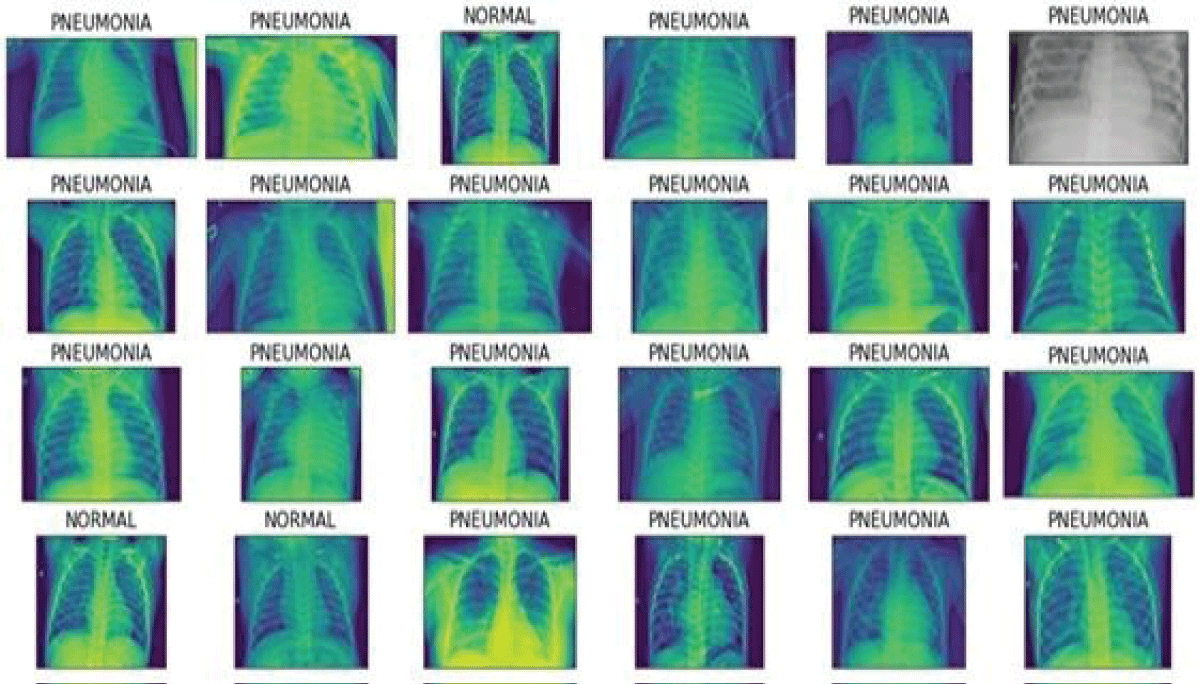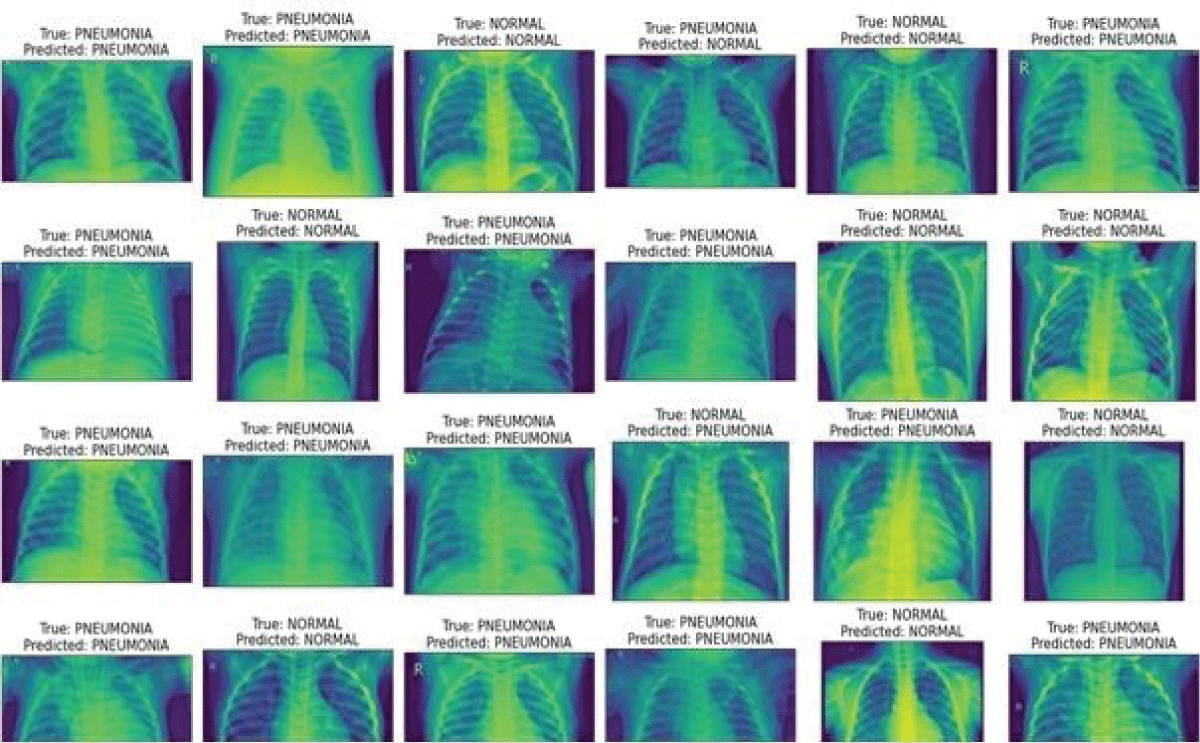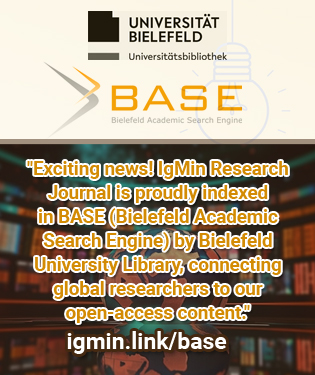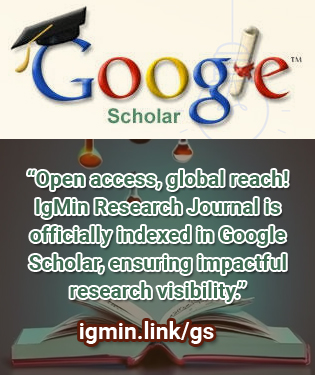要約
Pneumonia is described as an acute infection of lung tissue produced by one or more bacteria, and Coronavirus Disease (COVID-19) is a deadly virus that affects the lungs of the human body. The symptoms of COVID-19 disease are closely related to pneumonia. In this work, we identify the patients of pneumonia and coronavirus from chest X-ray images. We used a convolutional neural network for spatial feature learning from X-ray images. We experimented with pneumonia and coronavirus X-ray images in the Kaggle dataset. Pneumonia and corona patients are classified using a feed-forward neural network and hybrid models (CNN+SVM, CNN+RF, and CNN+Xgboost). The experimental findings on the Pneumonia dataset demonstrate that CNN detects Pneumonia patients with 99.47% recall. The overall experiments on COVID-19 x-ray images show that CNN detected the COVID-19 and pneumonia with 95.45% accuracy.




